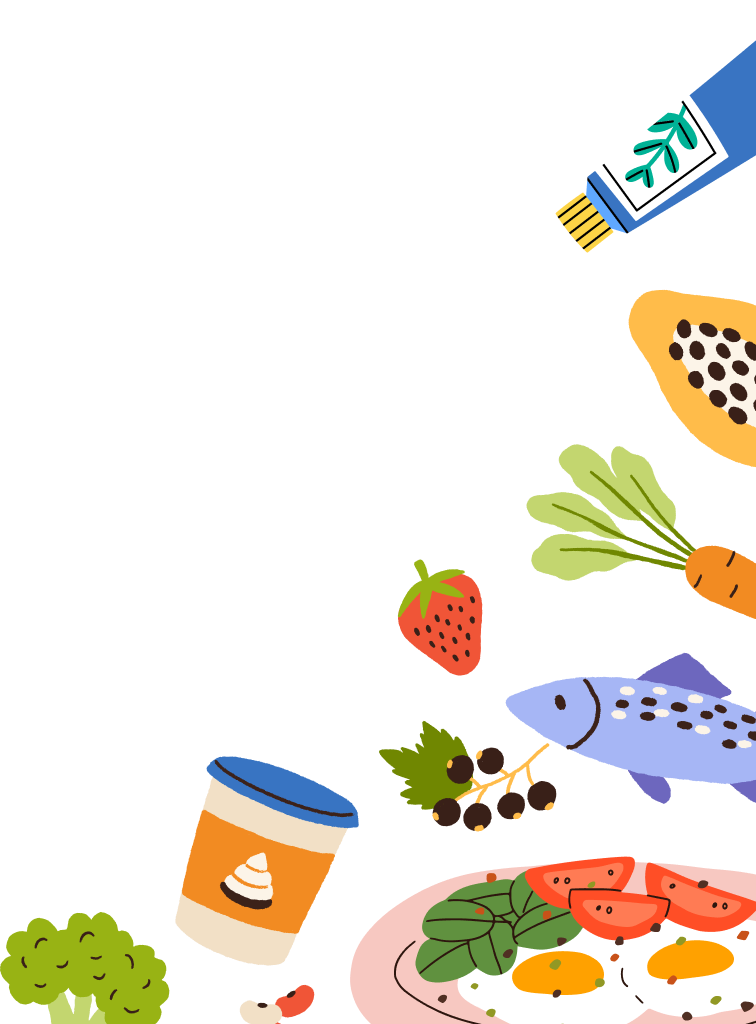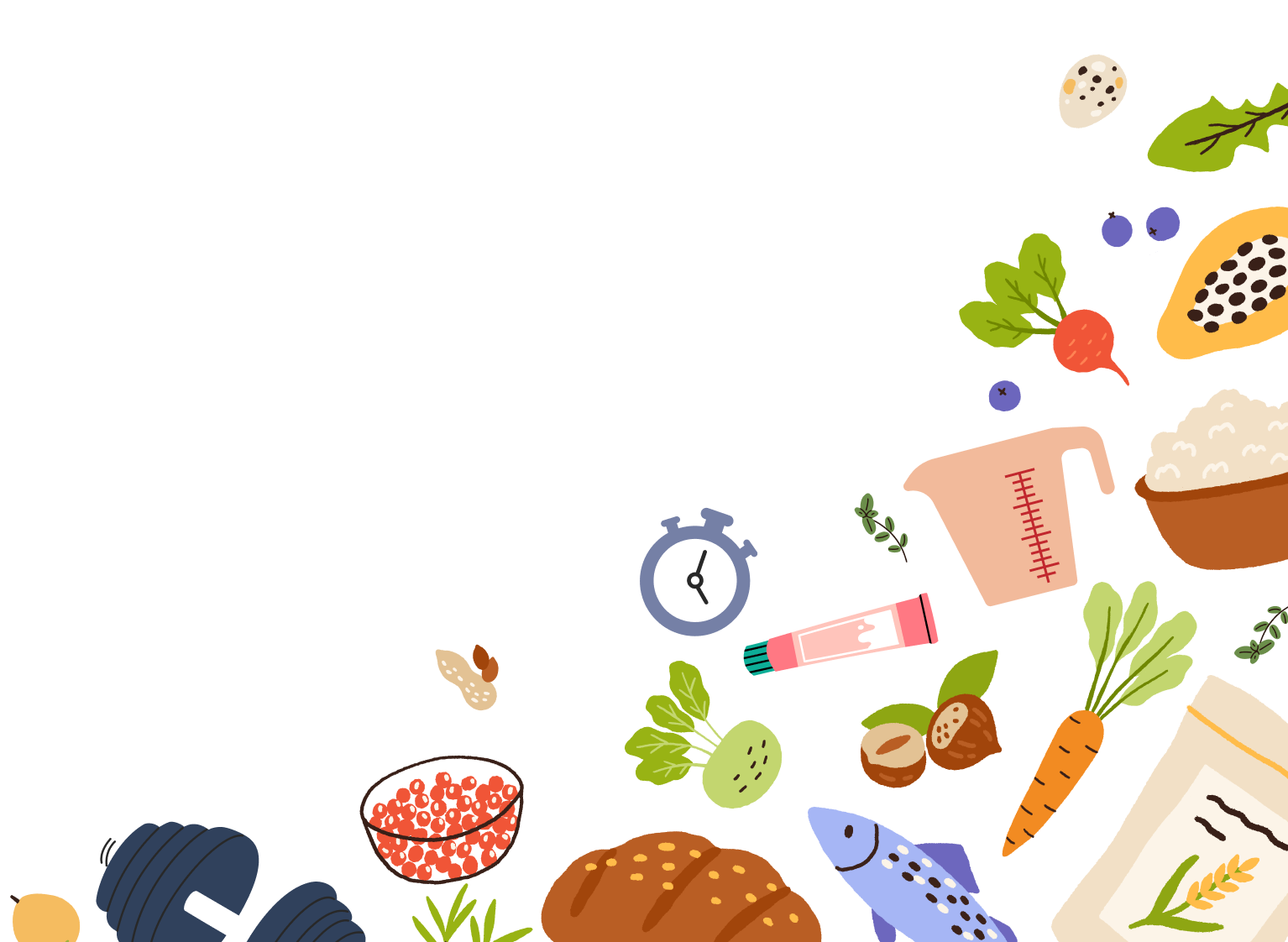Combining DASH and Mediterranean Principles for Enhanced GLP-1 Benefits
The DASH eating plan, which stands for Dietary Approaches to Stop Hypertension, and the Mediterranean diet have been established for many years. The DASH diet was introduced in the early to mid-1990s, while the Mediterranean diet originated in the 1950s. Both diets have been extensively researched for their numerous health benefits, which include weight management, improved heart health, and a reduced risk of type 2 diabetes.
Identifying Overlapping Nutritional Strengths
Both the DASH eating plan and the Mediterranean diet do an excellent job of emphasizing what you should focus on eating rather than what you should avoid. This is one of the reasons I personally appreciate both approaches. Each plan recommends a variety of food items. For example, both encourage the consumption of fruits, vegetables, and whole grains, as well as lean proteins like fish, poultry, and legumes. The main difference between the two is that the DASH eating plan includes fat-free or low-fat dairy products, while the Mediterranean diet incorporates healthy fats from fish, oils, olives, and nuts.
Prioritizing Lean Protein
As GLP-1 medications gain popularity, an increasing number of studies are emerging about their effects, and one of those side effects noted in several studies is muscle mass loss. Many individuals who start taking GLP-1s do experience weight loss; however, not all of that weight loss comes from fat. A systematic review of GLP-1s reported that 20-50% of total weight loss can be attributed to a reduction in lean mass, including muscle. The amount of protein required to prevent muscle mass loss varies by individual. However, a good rule of thumb for the average person without dietary restrictions is to include a source of protein at each meal. Good sources of protein include eggs, beef, pork, chicken, turkey, fish, tofu, and beans. For those who struggle with protein consumption, protein supplements may also be a good option.
Practical Strategies for Integrating These Diets with Your GLP-1 Regimen
Luckily, there are many resources available on the internet that provide information on how to follow a DASH eating plan. The National Heart, Lung, and Blood Institute has its own DASH Eating Plan: Tools and Resources website. On this site, you can find detailed information to help you get started, tips for making the DASH eating plan work for you, and a seven-day menu plan filled with heart-healthy meal ideas. Additionally, a quick Google search will reveal many online resources for the Mediterranean diet. One such website, The Mediterranean Dish, provides a detailed breakdown of foods to include in your diet, suggestions for stocking your pantry, a meal planning guide, and a week’s worth of meals.
If your healthcare team recommends starting a GLP-1 medication, I highly encourage you to consider collaborating with a registered dietitian for guidance on making lifestyle changes that will promote long-term weight management, even once you stop your GLP-1 regimen. A dietitian may suggest adopting a DASH diet or a Mediterranean diet, depending on your medical history and food preferences. Remember, it's important to listen to your body and make adjustments as needed. Diet guidelines are not one-size-fits-all and should be tailored to meet your individual needs.
-
Karadsheh, S. (2023, January 4). The Ultimate Mediterranean Diet Meal Plan. The Mediterranean Dish. https://www.themediterraneandish.com/mediterranean-diet-meal-plan/
-
Sargeant, J. A., Henson, J., King, J. A., Yates, T., Khunti, K., & Davies, M. J. (2019). A Review of the Effects of Glucagon-Like Peptide-1 Receptor Agonists and Sodium-Glucose Cotransporter 2 Inhibitors on Lean Body Mass in Humans. Endocrinology and metabolism (Seoul, Korea), 34(3), 247–262. https://doi.org/10.3803/EnM.2019.34.3.247
-
Tosti, V., Bertozzi, B., & Fontana, L. (2018). Health Benefits of the Mediterranean Diet: Metabolic and Molecular Mechanisms. The journals of gerontology. Series A, Biological sciences and medical sciences, 73(3), 318–326. https://doi.org/10.1093/gerona/glx227
-
U.S. Department of Health and Human Services. (n.d.). NHLBI deliciously healthy eating recipes. National Heart Lung and Blood Institute. https://healthyeating.nhlbi.nih.gov/
-
U.S. Department of Health and Human Services. (n.d.). The science behind the dash eating plan. National Heart Lung and Blood Institute. https://www.nhlbi.nih.gov/education/dash/research






















Comments
Join The Conversation...